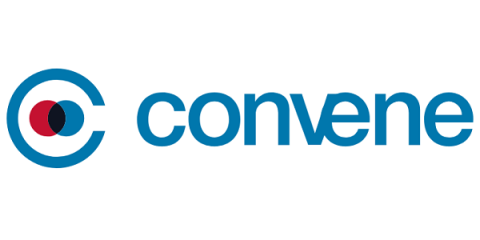Teams | Collaboration | Customer Service | Project Management
Hybrid Work
3 ways to optimize your meeting room for hybrid work
Meetings are an important part of everyday company communication, decision making, and team building. People attend an average of 11M meetings each day, 55M meetings per week, and 220M meetings per year.
Nurturing an Ethical Hybrid Workplace
The current global epidemic has definitely changed the workplace sphere — a digital setup became a must in efforts of continuing operations. Now that much progress is being made with vaccine rollout in hopefully seeing an end to the pandemic, employers are exploring new work arrangements. One of which is a middle ground between working remotely and physically — a hybrid workplace setup.
How to use design thinking in product development
ProSiebenSat.1 combines leading entertainment brands with a wide Dating & Video as well as Commerce & Ventures portfolio under one roof. Offering the latest in entertainment on any device, ProSiebenSat.1 is the company behind some of the most exciting TV broadcasts in German-speaking countries, using its TV reach and advertising power to build up consumer brands. Furthermore, ParshipMeet Group, a leading global player in the dating segment, is part of ProSiebenSat.1.
Best Practices for IT to Support Hybrid Work in 2022
I hate to say this, but #Omicron is at the doorstep. According to the CDC website, there have been over 60M cases in the US so far. As a result, companies like Google and Apple are delaying returning to the office while some call the return date as now 'history'. Although we cannot predict the nature of the virus, we have some best practices to help our customers and IT manage their employee experience in a hybrid distributed environment.
6 resolutions to increase your hybrid workforce productivity in 2022
Enhancing hybrid workforce productivity has become a major goal for organizations since workforces are opting for opportunities full of flexible working. But why there is so much fuss around increasing productivity and that too for workers who are away?
How to Prevent Employee Burnout in a Hybrid Workplace
Remote and hybrid work may lead to higher rates of employee burnout. Take measures to keep employees satisfied and productive.
The Best All-in-One Tools for Hybrid Working | Scoro
As the world navigates towards the new normal, most companies are rolling out a hybrid working policy. This comes as a report by the UK’s Chartered Institute of Professional Development (CIPD) reveals that two-fifths (40%) of employers expect more than half of their workers to work regularly from home post-pandemic. Hybrid working can improve work-life balance so that staff remain motivated and work better.
Grow your career in a hybrid or remote environment
Remote and Hybrid Team Productivity Hacks to Keep Your Projects On Track
Many businesses have discovered the benefits of remote and hybrid teams over the last year. With the potential to boost productivity, motivation, and collaboration, it is clear that they are both here to stay. Even after a return to normalcy. For example, Microsoft announced its plans for the future of its hybrid work model last year. And enabled all staff to work up to 50% of their time from home without needing approval.










